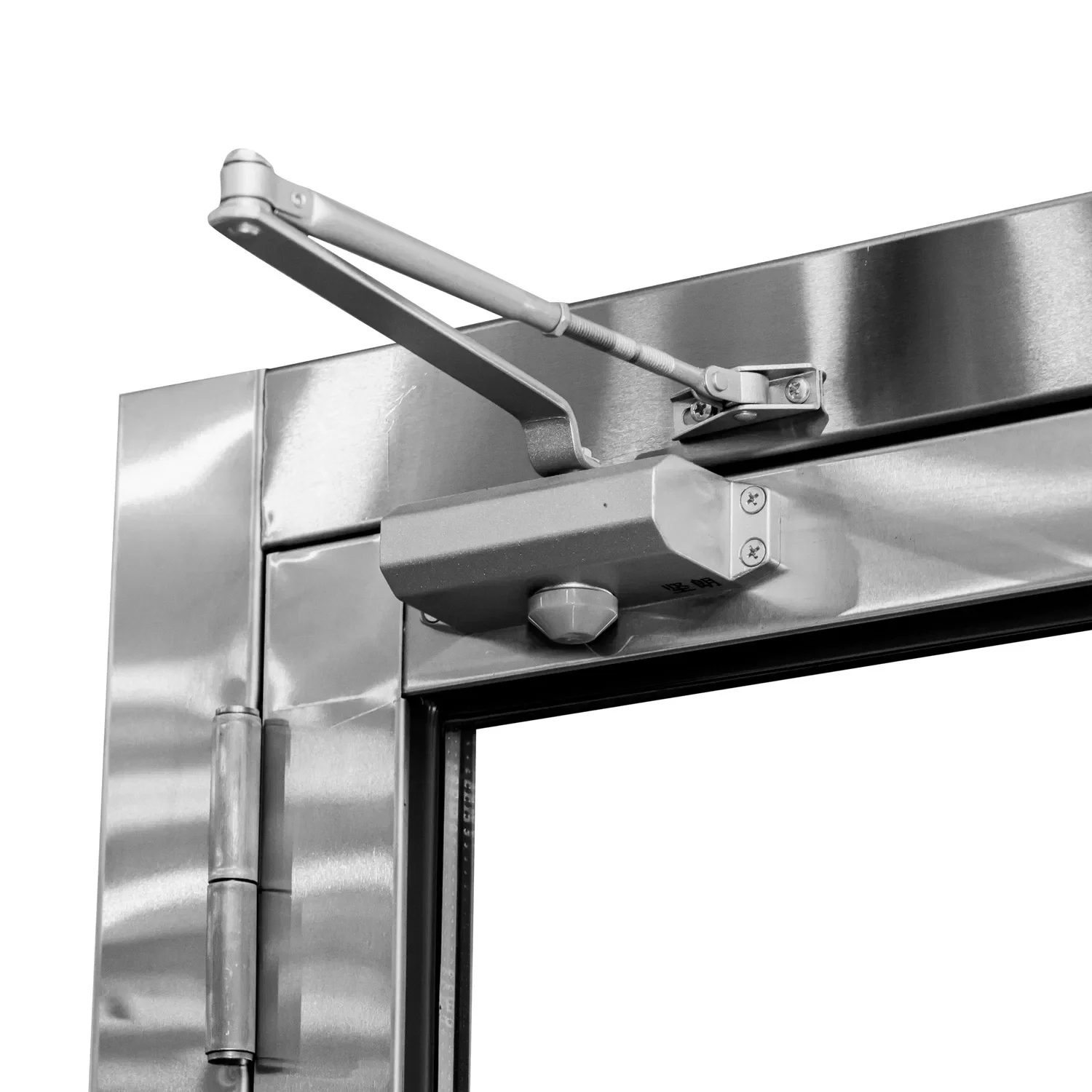Polyvinyl chloride (PVC) is a widely used synthetic plastic polymer known for its versatility and cost-effectiveness. It finds applications in various industries, including construction, healthcare, automotive, and more. However, despite its popularity, PVC material is not without its drawbacks. In this article, we will delve into the disadvantages of PVC material, shedding light on its potential environmental and health concerns, as well as its limitations in certain applications.
- Environmental Concerns:
PVC production involves the use of chlorine, a toxic chemical, and the release of dioxins, which are highly persistent and harmful to the environment. These dioxins can contaminate air, water, and soil, posing risks to both human and animal life. Additionally, PVC is not easily recyclable, leading to significant waste management challenges. - Health Risks:
One of the major concerns associated with PVC material is its potential impact on human health. During its lifecycle, PVC can release toxic substances such as phthalates, lead, and cadmium. These chemicals have been linked to various health issues, including respiratory problems, reproductive disorders, and even certain types of cancer. Moreover, the manufacturing process of PVC involves the use of plasticizers, which can leach out and contaminate food and beverages stored in PVC containers. - Fire Hazard:
PVC has a relatively low ignition temperature and releases toxic gases when burned, including hydrogen chloride gas. This poses a significant fire hazard, especially in enclosed spaces. The release of toxic gases during a fire can endanger lives and make firefighting operations more challenging. - Limited Temperature Range:
PVC has a relatively low melting point, limiting its applications in high-temperature environments. When exposed to elevated temperatures, PVC can deform, lose its structural integrity, and release toxic fumes. This restricts its use in certain industrial processes and applications where temperature resistance is crucial. - Mechanical Limitations:
Compared to other engineering plastics, PVC has lower mechanical strength and rigidity. It is prone to cracking, especially under prolonged exposure to sunlight and harsh weather conditions. This restricts its use in applications that require high durability and load-bearing capabilities.
Conclusion:
While PVC material offers numerous advantages in terms of cost, versatility, and ease of use, it is essential to consider its disadvantages as well. The environmental concerns, potential health risks, fire hazards, limited temperature range, and mechanical limitations associated with PVC material should be carefully evaluated before its implementation. As industries strive for more sustainable and safer alternatives, it becomes crucial to weigh the pros and cons of PVC and explore greener alternatives for a more sustainable future.

